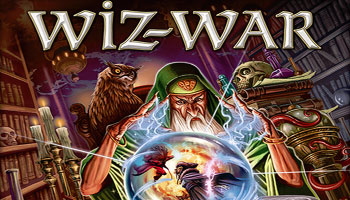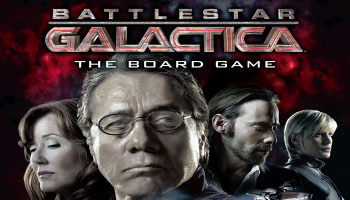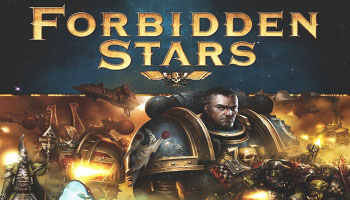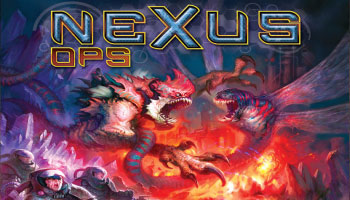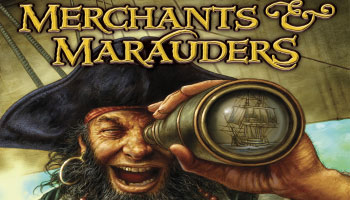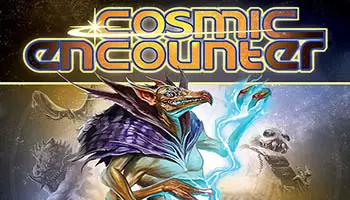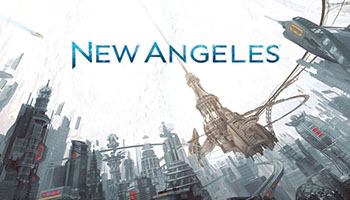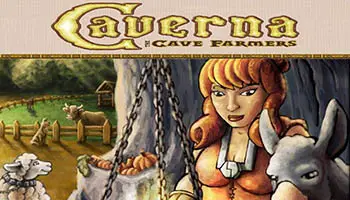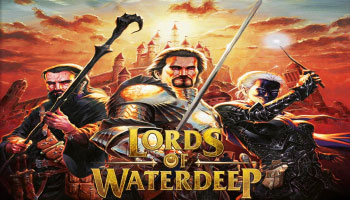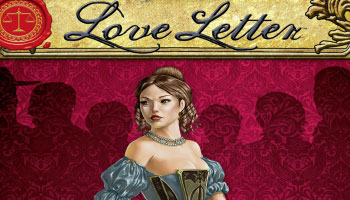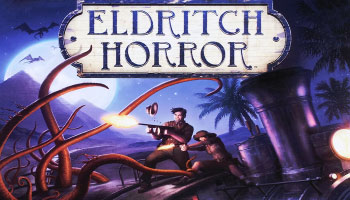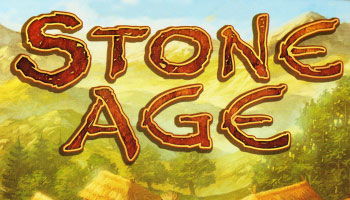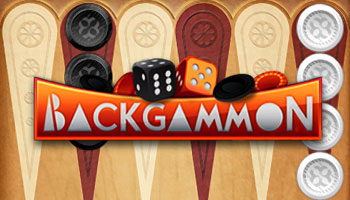
This section describes the Wiz-War components in detail.
Sectior Boards
These sector boards are used to build the game board.
Each sector board shows a map on each side: one with a classic layout from the original version of the game, and one with a new layout created for this edition.
Plastic Wizard Figures and Colored Bases
The plastic wizard figures represent the players' wizards during the game and are placed on the colored bases to indicate which player controls which wizard. …
